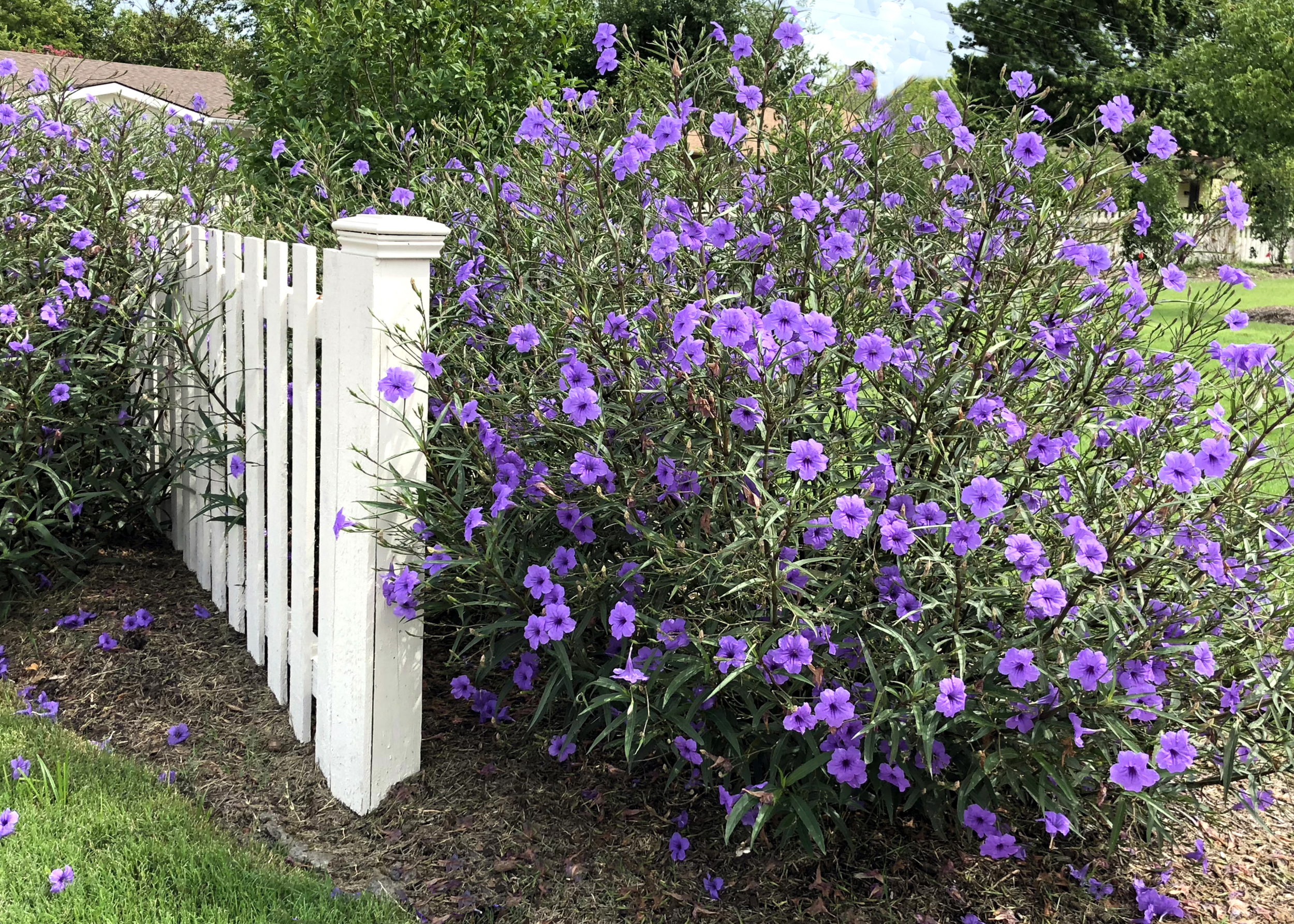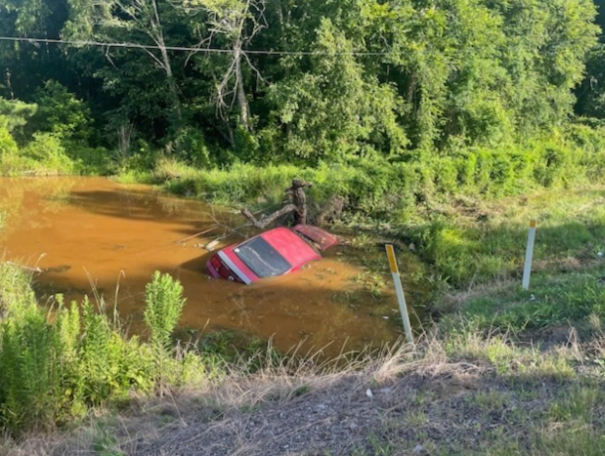Sperry: Purple ruellia is pretty yet invasive plant
Published 11:25 pm Friday, June 27, 2025
Dear Neil: A few years ago, I planted the tall version of purple ruellia. It’s beautiful, and it takes no care. However, it’s spreading like wildfire. It even sends runners up underground into my planters and it’s taking over my groundcovers. I can’t imagine digging them all out. I do not use pesticides. Any ideas?
You took away the only two effective ways of getting rid of it. If you’re absolutely against using herbicides, digging it out by hand is the next best alternative. Weedkiller sprays would probably be a risk to your groundcover plants and your flowers, shrubs, and other desirable plants anyway. The one remaining option would be to cut it all back flush with the soil, then cover the ground with a weed-blocking fabric that would prohibit its sending up new shoots. You would have to overlap the seams by several inches, and you’d want to leave the cover in place for 18 months. You would still have to dig out any that came up in the groundcover beds, but this would reduce the amount of digging by a good bit.
I do understand your plight. This plant is gorgeous, but unless you can contain it with a driveway or wide sidewalk, or unless you can install a very deep type of “edging” material, it will become very invasive. Good luck. With persistence, you can win!
Dear Neil: Bermudagrass is invading my St. Augustine lawn. Is there any product that will kill the bermuda without hurting my St. Augustine?
No. Actually, St. Augustine is the dominant grass. If it is allowing bermuda to gain the upper hand, there is some shortcoming for the St. Augustine that is causing it to be weakened enough to allow the invasion. I would suggest stepping up your maintenance program for the St. Augustine. However, that does not necessarily involve applying more nitrogen now. That would put the St. Augustine at risk for gray leaf spot this summer. Its next feeding should not come until early September. Be on the lookout for damage of chinch bugs and the gray leaf spot fungus this summer, then address either should it show up. Be very attentive to the water needs as well. If you challenge St. Augustine with drought, bermuda will win.
Dear Neil: I wrote to you about our Autumn Blaze maple that we planted 16 months ago. You advised us to wrap the trunk, which we did. The trunk looks fine, but again this year the tree has this browning of the leaves. This tree is where there has been a lot of rain, so I don’t think that’s the issue. What is going wrong? (The nursery owners gave me a link from a Midwestern university, but I don’t think it applies.)
All of the issues the lady addressed in the video link were diseases. This does not look like a disease at all. Look closely at where on the tree the leaves have been impacted most (tips of the branches and toward the bottom of the tree). Note, too, that all the browning is at the tips or edges of the leaves. Diseases are random. They will appear all across the leaf surfaces.
I don’t know if the paper will be able to publish all the photos you sent, but a couple of things that I noticed are that there are some vertical cracks on the trunk up within the leaf canopy. They’re not in focus, so I can’t tell for sure if they’re any cause for concern, but they do merit your checking to see if the trunk has damage and if so, if it is on the west side where the wood would have been exposed to the sun while the tree was bare during the winter.
I also notice that the trunk is no longer wrapped. If you planted the tree in March one year ago, that’s not enough time to protect it from the sun’s damaging rays. This browning could be an indication that bark damage is about to start showing up. Again, I can’t tell. In fact, no one may be able to see it yet. If this were my tree, I’d certainly re-wrap it for the balance of this summer. The leaf canopy is nowhere near dense enough to shade the trunk from the summer’s west and southwest sun.
Dear Neil: Please see the video sent with submission. Our neighborhood lost a lot of oaks after the 2021 freeze and then drought. However, this one house has something different that is now killing their oaks. What might it be?
I have no way of sharing your very good video with newspaper readers, but I will describe it. He has shown a neighbor’s yard with several live oaks that have gone downhill rapidly this year. The trees are exhibiting varying degrees of thinning of their canopies. The video did not show any of the foliage close up.
Live oaks vary genetically, so it’s possible for there to be differences in long-term effects of cold injury. I’m still getting questions about radial shake and resultant bark separation and tree decline.
However, this really looks like an outbreak of the fungus known as oak wilt. It is spread via root grafts as well as through insects that carry it into open wounds. You need to have an International Society of Arboriculture certified arborist who has been trained in recognizing and treating oak wilt on site to look at these trees. He or she will know how to collect samples. If the Texas A&M Plant Disease Clinic confirms oak wilt, that arborist would also know the next steps in dealing with the disease. Your county Extension office can give you suggestions to get the ball rolling. You will also find a great deal of useful information at this website: https://texasoakwilt.org.
— Have a question you’d like Neil to consider? Mail it to him in care of this newspaper or email him at mailbag@sperrygardens.com. Neil regrets that he cannot reply to questions individually.







